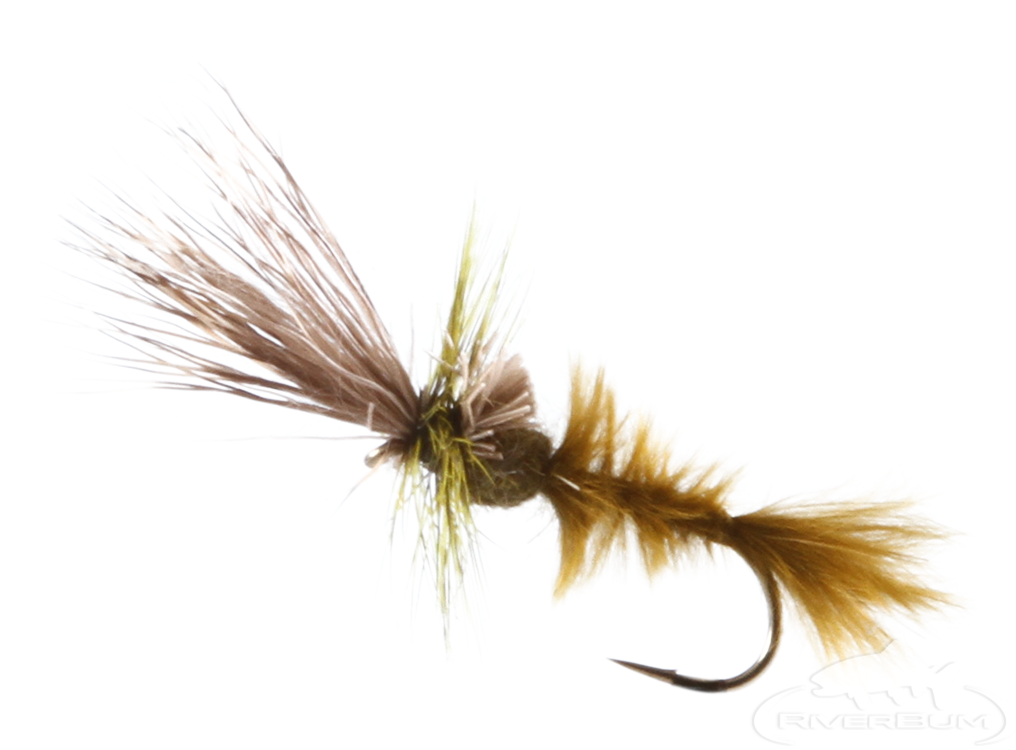
Green Drake, Cripple
Quite often mayflies become trapped in their cases or crippled in some other way during the hatching process. Trout become aware of such flies and often start to key in on cripples. This Cripple Green Drake pattern effectively imitates a struggling mayfly and can be deadly where green drakes are common.
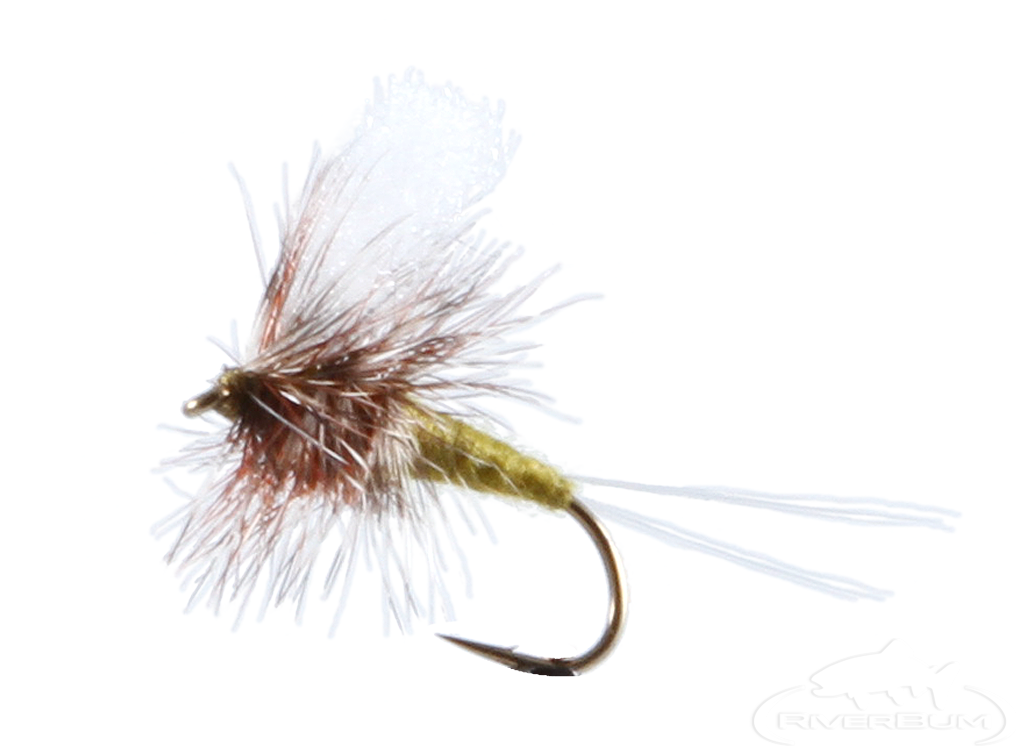
Green Drake, Thorax
Fishermen on tricky tailwaters and spring creeks perfected the thorax style mayfly imitation. The Thorax Green Drake Dun is designed to provide buoyancy and balance on the water. Trout often seem to prefer the more even and realistic ride provided by the clipped hackle.
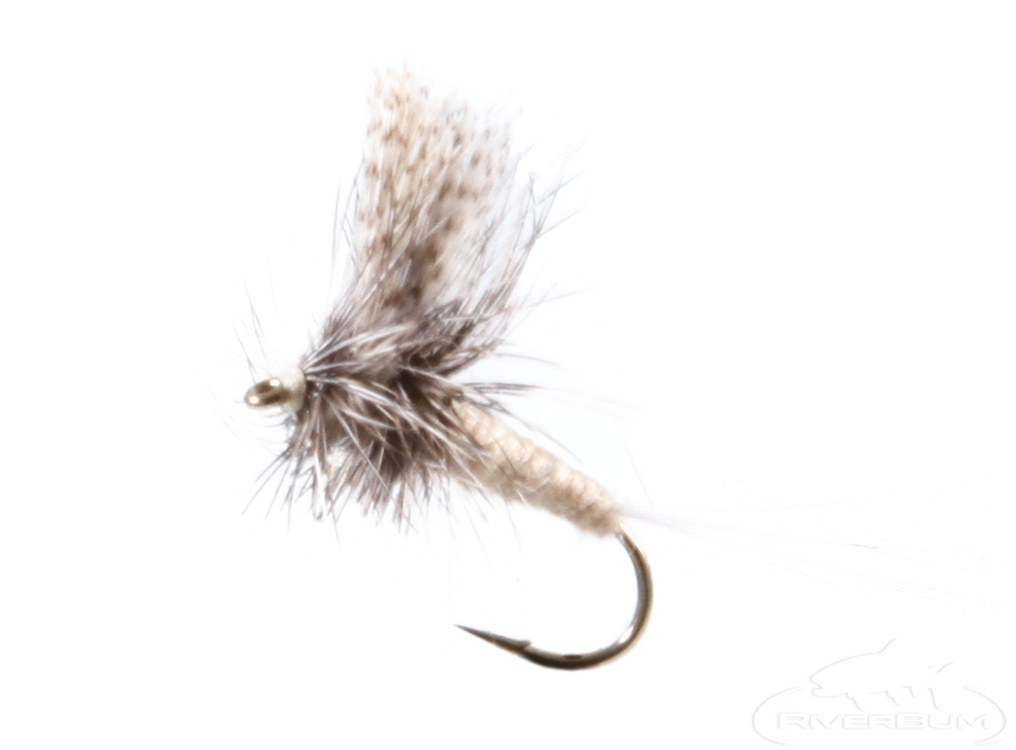
Callibaetis, Dun, Thorax
The Thorax Callibaetis Dun is designed to provide a realistic shape and consistent balance even on rippled water. Cruising trout that see a lot of different flies seem to prefer the more realistic ride provided by the clipped bottom hackle and the natural shaped wing.
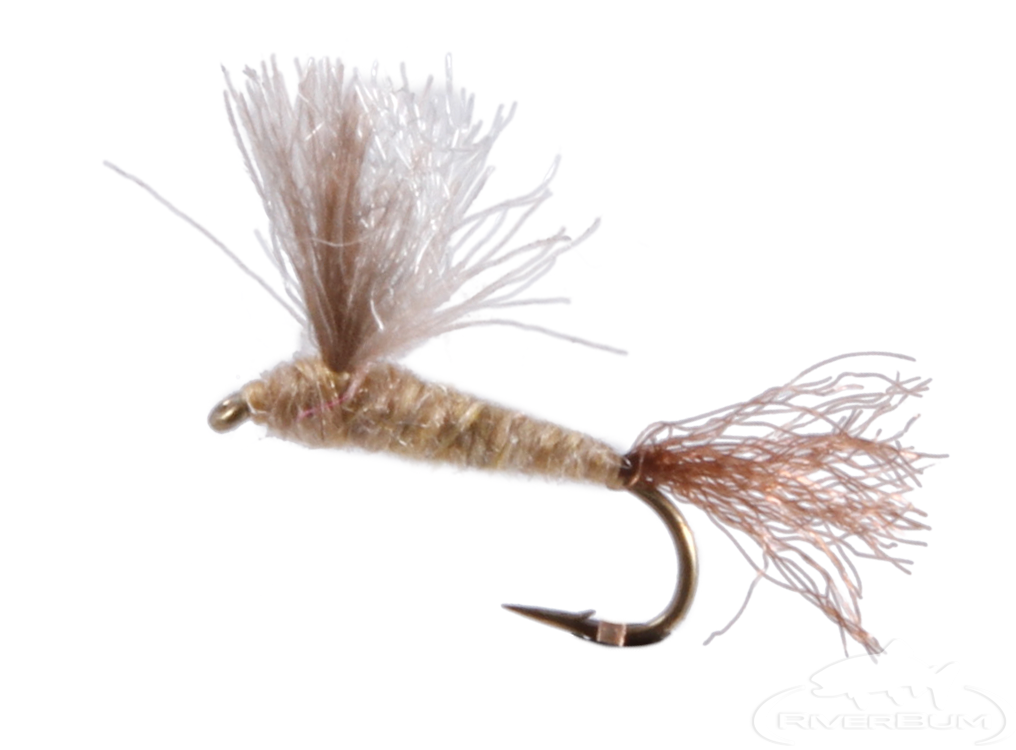
Callibaetis, CDC
Fly fishers on lakes and rivers with selective trout find that CDC Callibaetis Duns provide an ultra realistic slim mayfly shape. These flies are extremely effective hatch imitating dry flies when a standard hackled mayfly pattern seems to draw only refusals from gulpers and other rising trout.
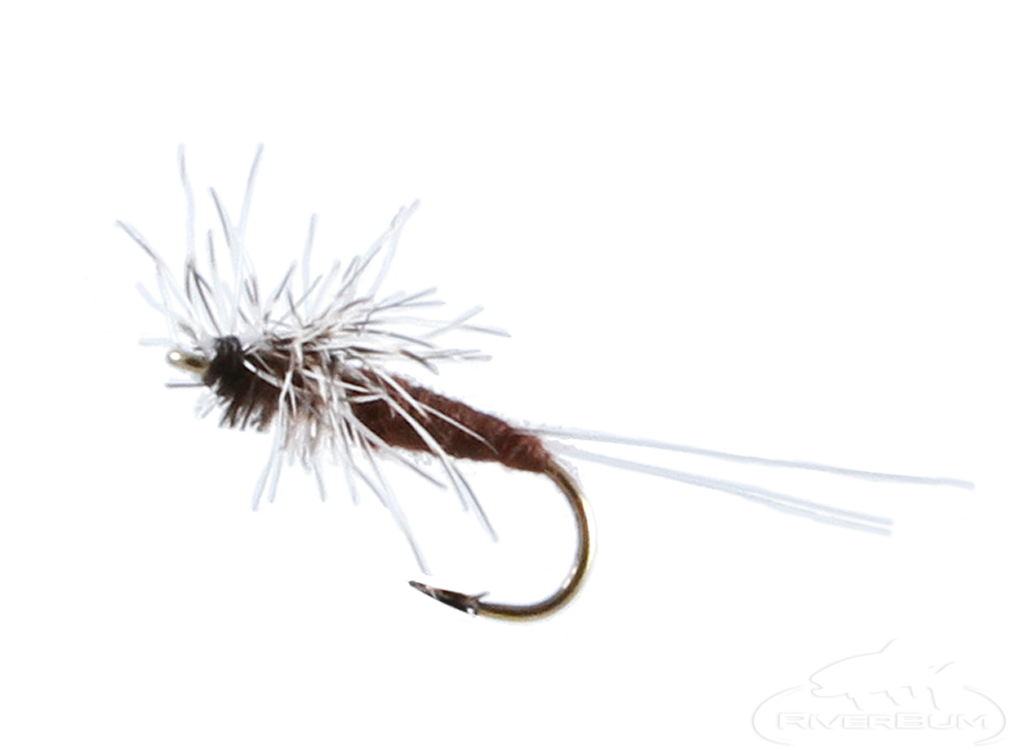
Mahogany, Spinner, Foam
Many fly fishermen know that the worst part of fishing a spinner fall can be determining which dot on the water is your fly. The Mahogany Foam Spinner is actually visible to the angler while providing the fish with nothing but a realistic spent mayfly silhouette.
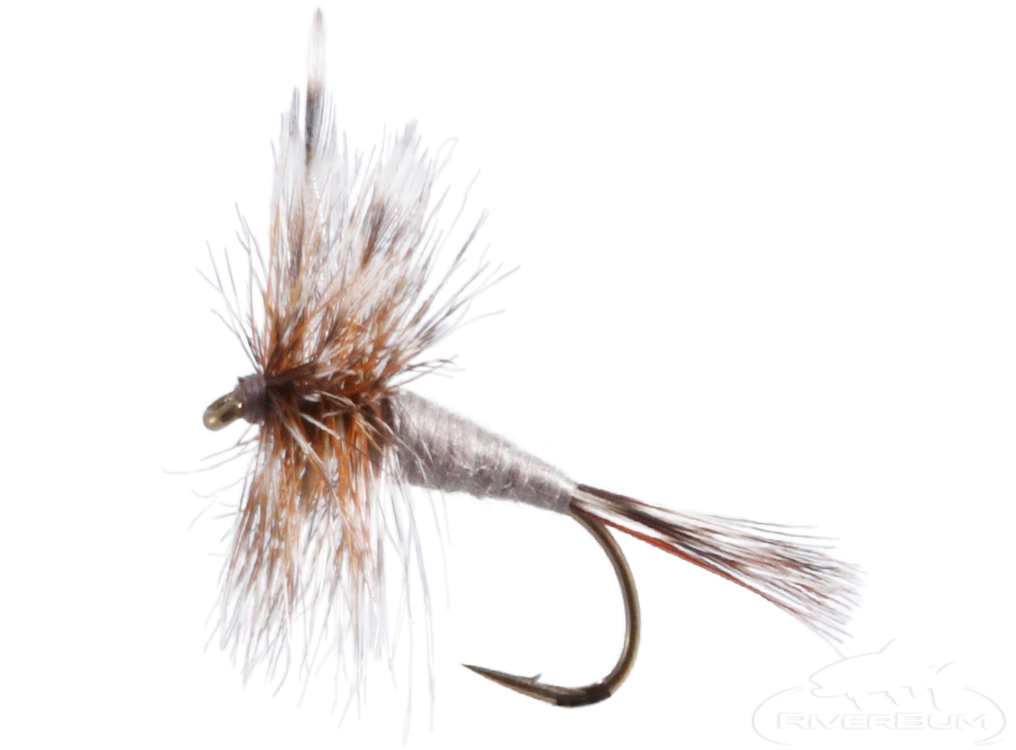
Adams Fly
A classic dry fly, the Adams is an effective attractor fly and works to imitate mayfly and midges all over the world. It has been around since the early 20th century but is still among the top dry fly patterns in use today.
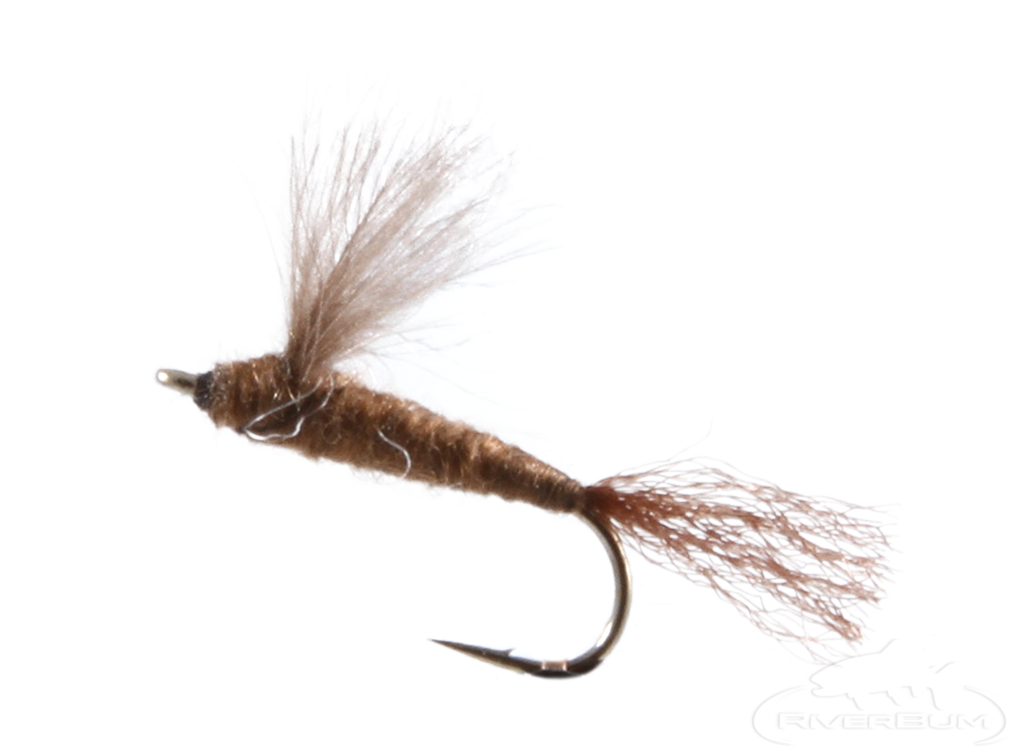
Mahogany, CDC
Fly fishers on waters with selective trout find that CDC Mahogany Duns provide a near perfect mayfly silhouette. They are extremely effective hatch matching dry flies when a hackled or more heavily dressed Mahogany Dun pattern seems to draw only refusals from rising trout.

Green Drake, Fanwing
The green drake hatch is the largest and most desired hatch by many fly anglers. Some who have tangled with the big bruisers are said to be afflicted with Green Drake Mania - an incurable disease. If someone tells you the green drakes are hatching, drop everything and run to the river with Green Drake, Fanwing flies in your fly box. Big, visible mayflies attract big, hungry trout. The potential is always for the best day of fly fishing you'll ever have.

Gray Drake, Sparkle Dun
Similar to the Comparadun, the Sparkle Gray Drake pattern covers the stage of a mayfly hatch just before complete emergence of the dun. At this vulnerable stage mayflies are irresistable to rising trout. Every angler should carry these flies in appropriate sizes and colors for fishing the beginning stages of mayfly hatches.
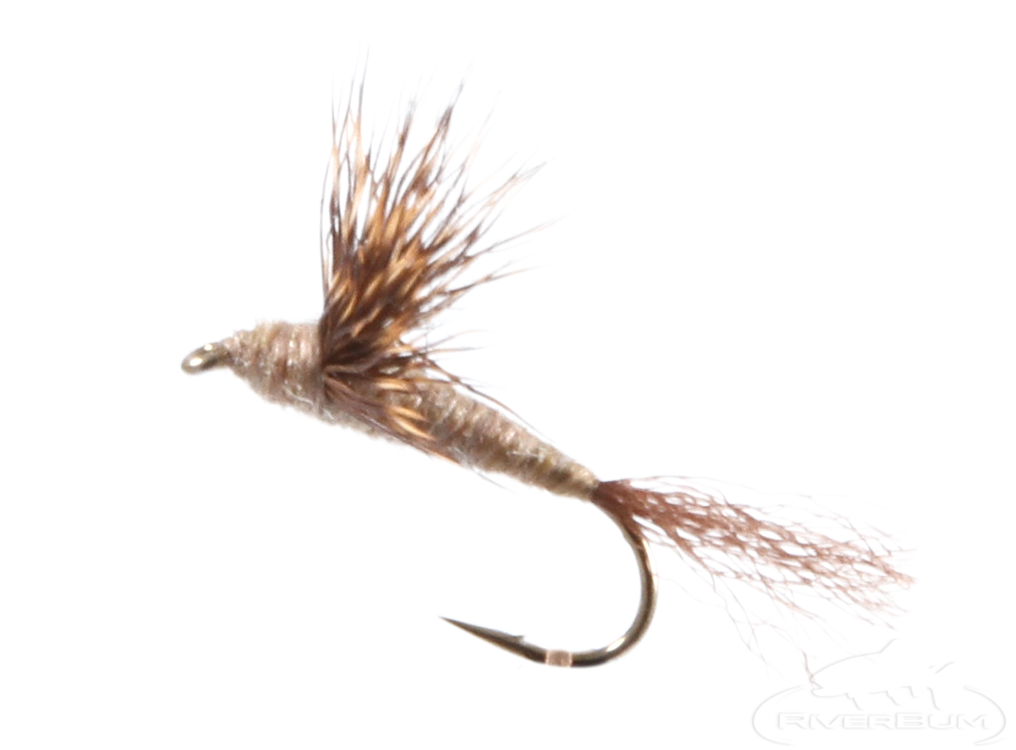
Callibaetis, Dun, Sparkle
The Callibaetis Sparkle Dun covers the stage of a mayfly hatch just before complete emergence of the dun. At this vulnerable stage mayflies are irresistable to cruising trout. Every angler should carry these flies in appropriate sizes and colors for fishing the beginning stages of mayfly hatches on their local waters.

Gray Drake, Paradrake
The extended body and realistic outline of this Gray Paradrake fly makes it useful for imitating hatching drakes. The hook is hidden by the larger fly body making this fly more attractive to trout that see a fair amount of fishing pressure.
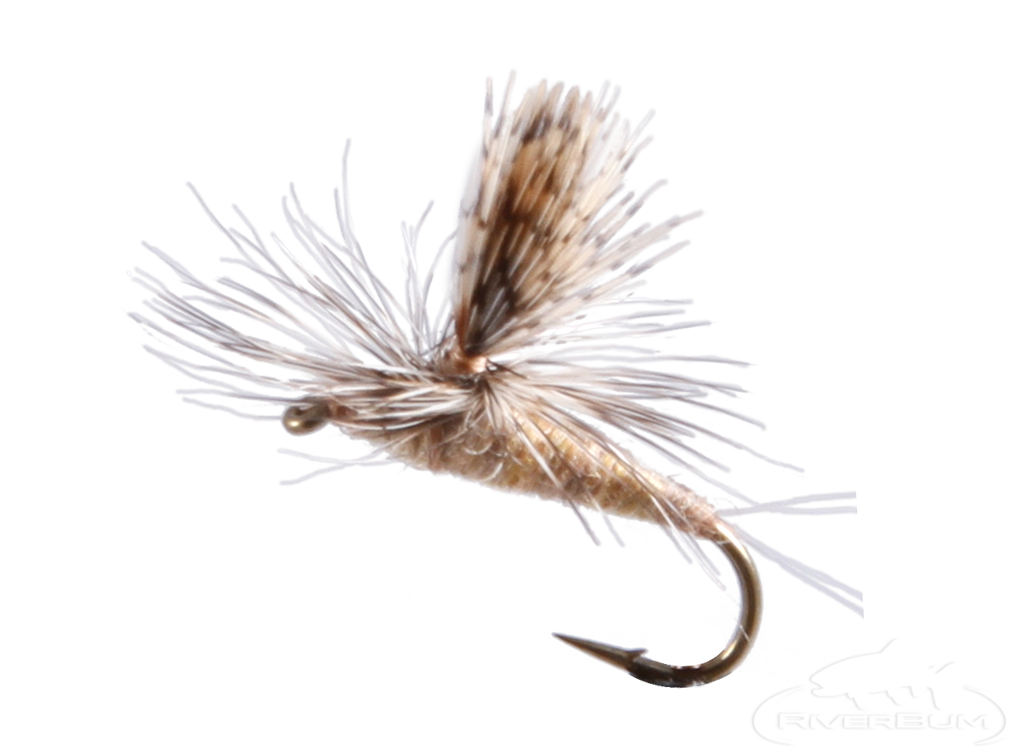
Callibaetis, Parachute, Partridge Post
The Partridge Post Parachute Callibaetis is both a realistic imitation of an adult callibaetis mayfly and, at the same time, is visible for anglers. Casting to cruising gulpers on big lakes or slow moving rivers where Callibaetis are abundant is an absolute blast and the Partridge Post Callibaetis is as close to a sure thing as you get for imitating these lake hatching mayflies.

Green Drake, Sparkle Dun
Similar to the Comparadun, this Sparkle Dun Green Drake pattern covers the stage of a mayfly hatch just before complete emergence of the dun. At this vulnerable stage mayflies are irresistable to rising trout. Every angler should carry these flies in appropriate sizes and colors for fishing the beginning stages of mayfly hatches.
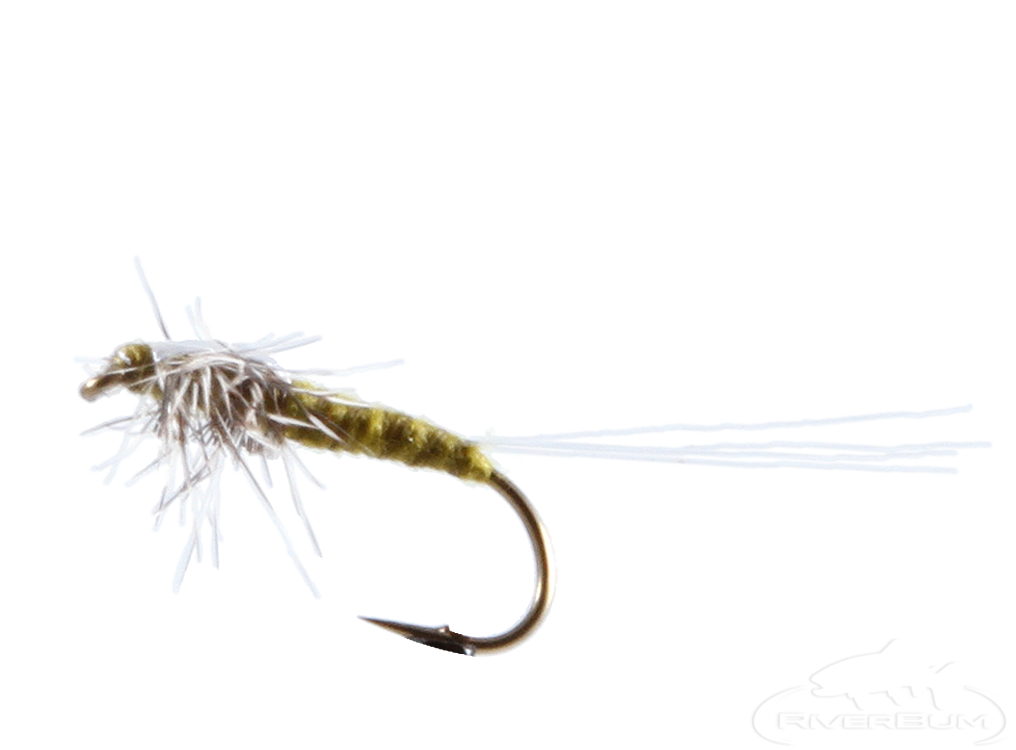
Green Drake, Spinner, Foam
Many fly fishermen know that the worst part of fishing a spinner fall can be determining which dot on the water is your fly. The Green Drake Foam Spinner is actually visible to the angler while providing the fish with nothing but a realistic spent mayfly silhouette.
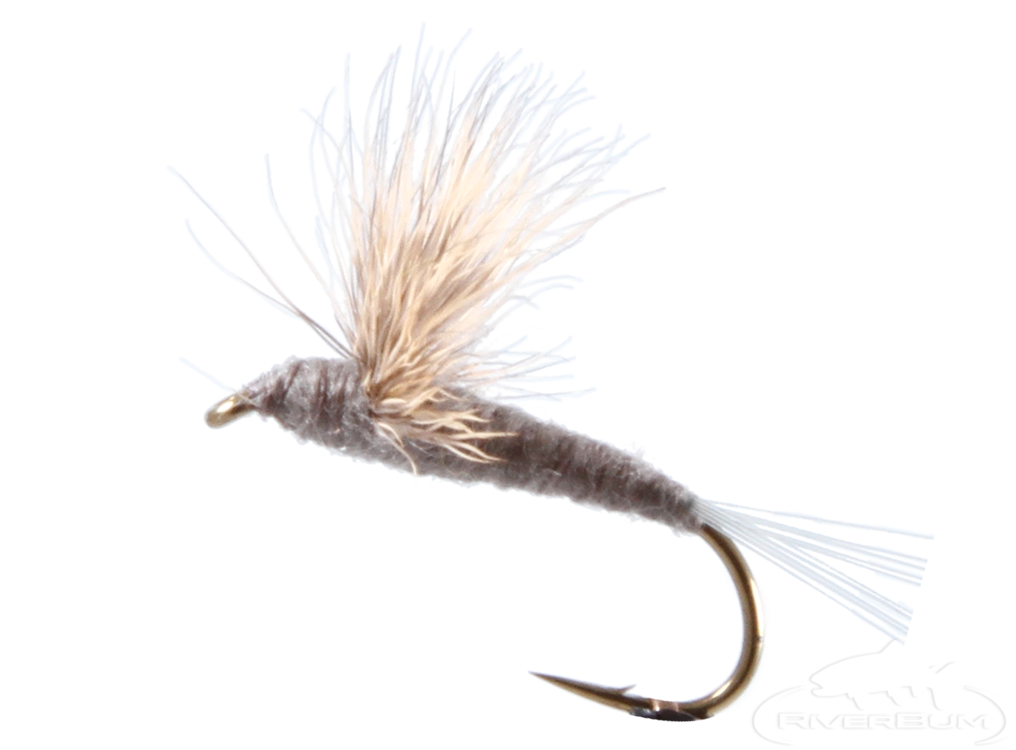
Gray Drake, Comparadun
The Gray Drake Comparadun provides a great mix of lifelike silhouette, visibility, and buoyancy. Many Yellowstone area fly fishing guides go straight to comparaduns when a hatch brings up actively rising trout. This fly pattern floats in all but the fastest and roughest stream currents and trout seem to prefer this fly to many of the traditional hackled patterns. Fly fishers around the world should consider this a staple fly where large gray mayflies are present.
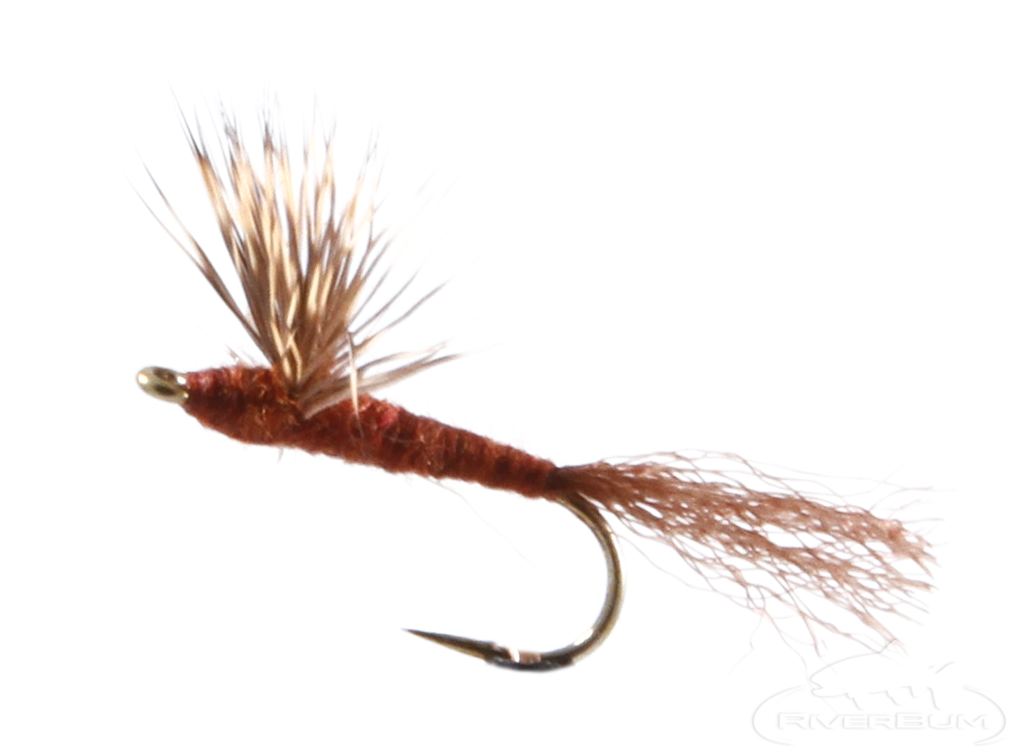
Mahogany, Dun, Sparkle
Similar to the Comparadun, the Sparkle Mohogany Dun pattern covers the stage of a mayfly hatch just before complete emergence of the dun. At this vulnerable stage mayflies are irresistable to rising trout. Every angler should carry these flies in appropriate sizes and colors for fishing the beginning stages of mayfly hatches.
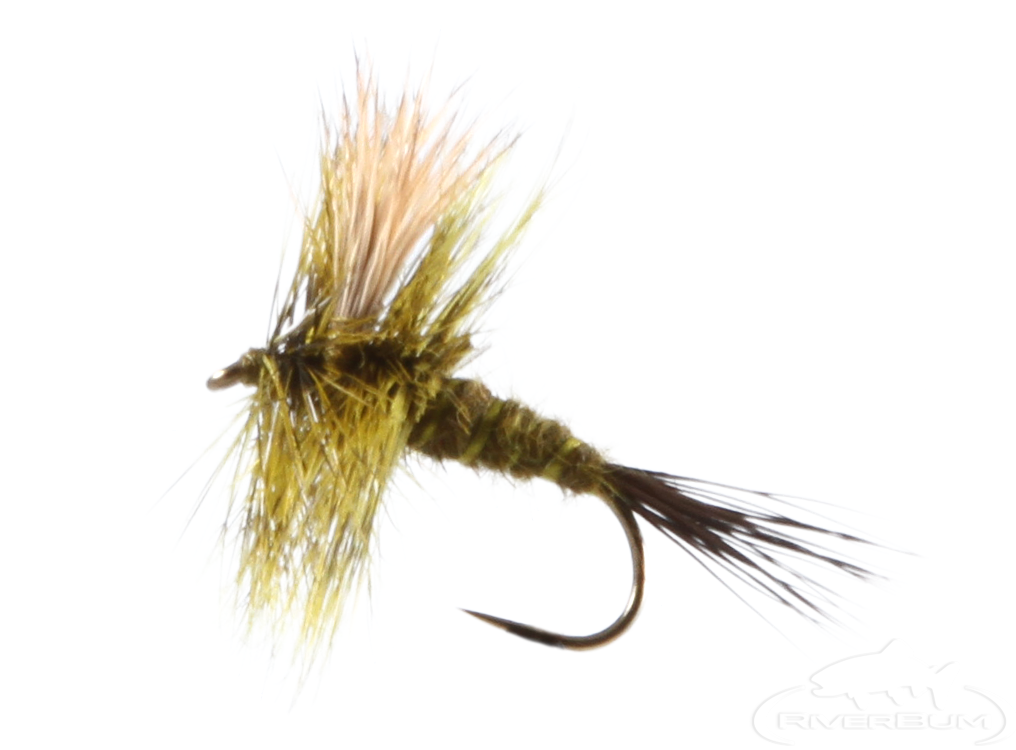
Green Drake, Wulff
This fly is more attractive to trout because the hook is hidden by the larger fly body. The Wulff Green Drake is designed to provide buoyancy and balance on the water. Trout often seem to prefer the more even and realistic ride provided by the clipped hackle.
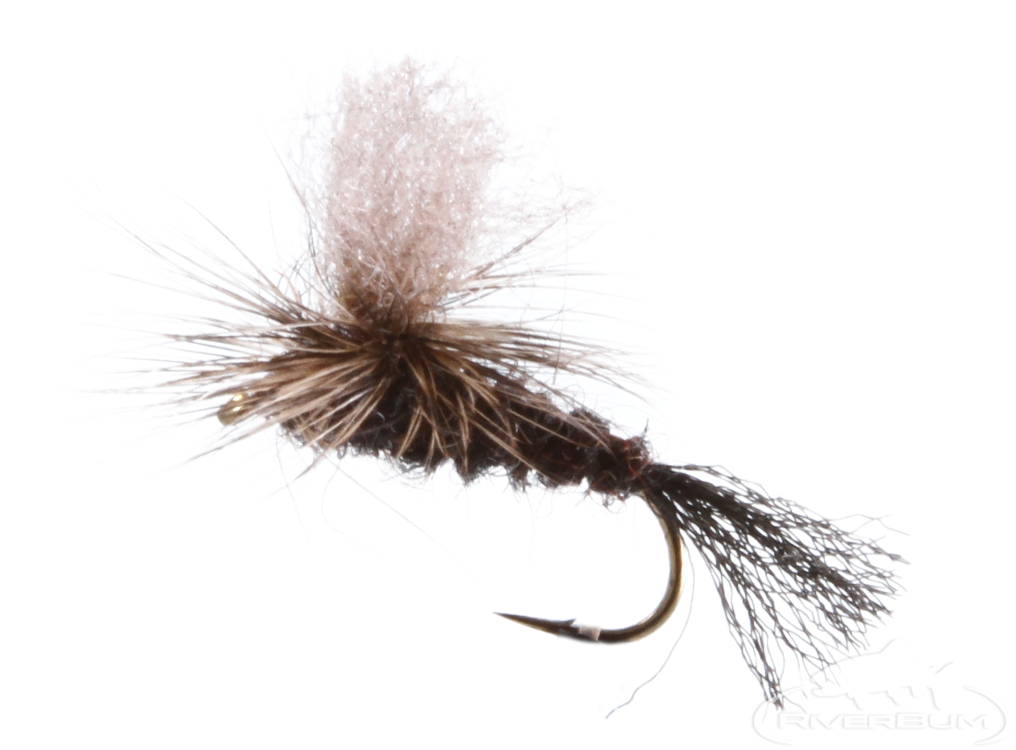
Gray Drake, Parachute
This Parachute Gray Drake dry fly is very visible to the fly fisher and very realistic to rising trout. It closely resembles a hatching or spent Gray Drake and lands upright more often than some other traditionally hackled trout fly patterns.
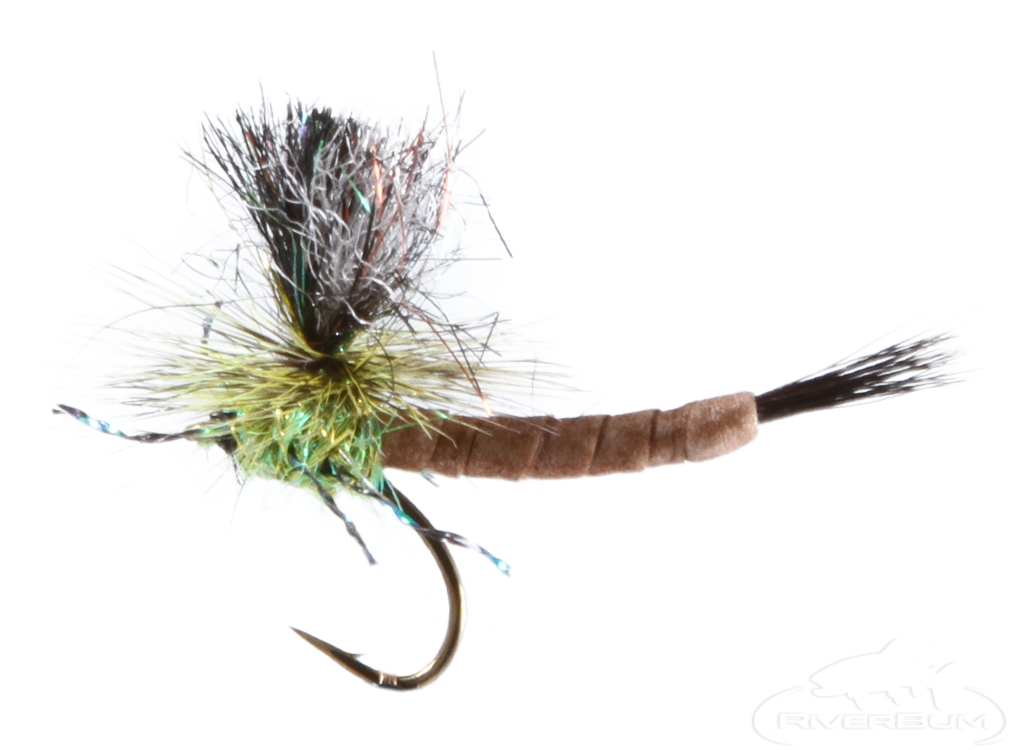
Green Drake, Carnage, Trina's
The Carnage Green Drake dry fly is one of the most realistic Drake patterns available. The perfectly tapered extended foam body along with an exquisite tail and super fine legs match a Green Drake exactly. The parachute hackle makes it float upright with a low profile. This closely matches the mayfly duns on the water and makes the fly extremely easy to see. These features make it one of the best patterns for flat water and selective fish. The Carnage Drake will work on almost any water and is a must have pattern. Green Drake Emergers and Duns are easy to catch and have a tremendous food value. This makes big fish feed when Drakes are around. Anglers eagerly await the first signs of hatching Drakes and often travel great distances to fish the famous hatch.
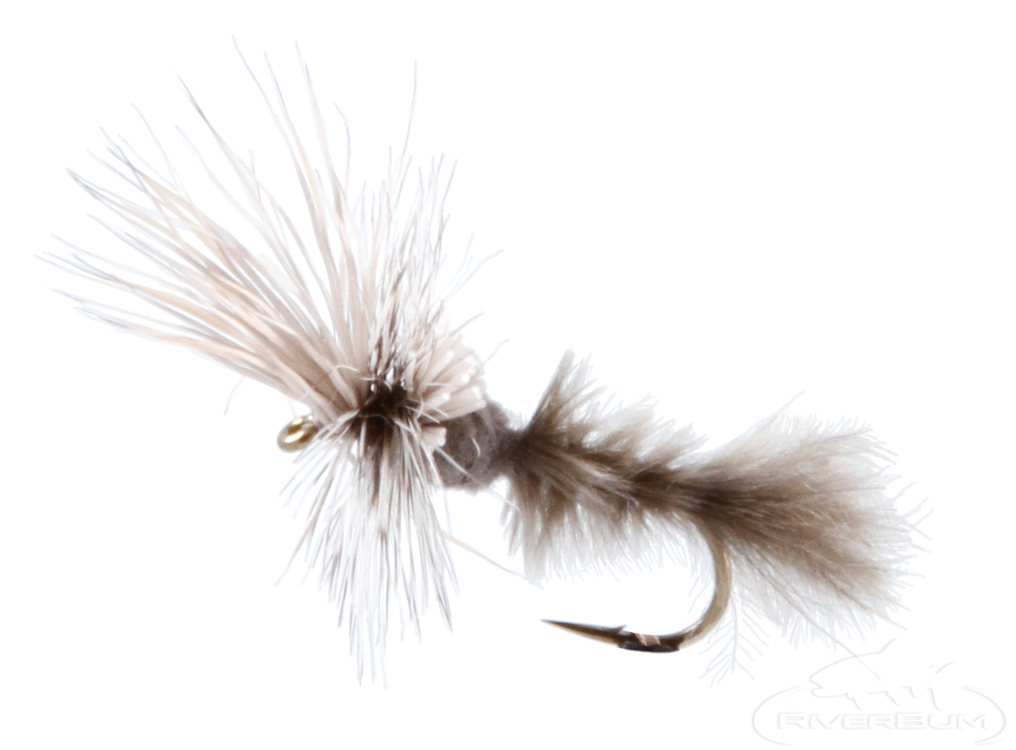
Gray Drake, Cripple
Quite often mayflies become trapped in their cases or crippled in some other way during the hatching process. Trout become aware of such flies and often start to key in on cripples. The Cripple Gray Drake Dun effectively imitates a struggling mayfly and can be deadly where gray drakes are common.

Green Drake, Para Trooper, Trina's
The Para-Trooper Green Drake dry fly is one of the most realistic Drake patterns available. The perfectly tapered body along with an exquisite tail and super fine silicon legs match a Green Drake exactly. The parachute hackle makes it float upright with a low profile. This closely matches the mayfly duns on the water and makes the fly extremely easy to see. These features make it one of the best patterns for flat water and selective fish. The Para Trooper will work on almost any water and is a must have pattern. Green Drake Emergers and Duns are easy to catch and have a tremendous food value. This makes big fish feed when Drakes are around. Anglers eagerly await the first signs of hatching Drakes and often travel great distances to fish the famous hatch.
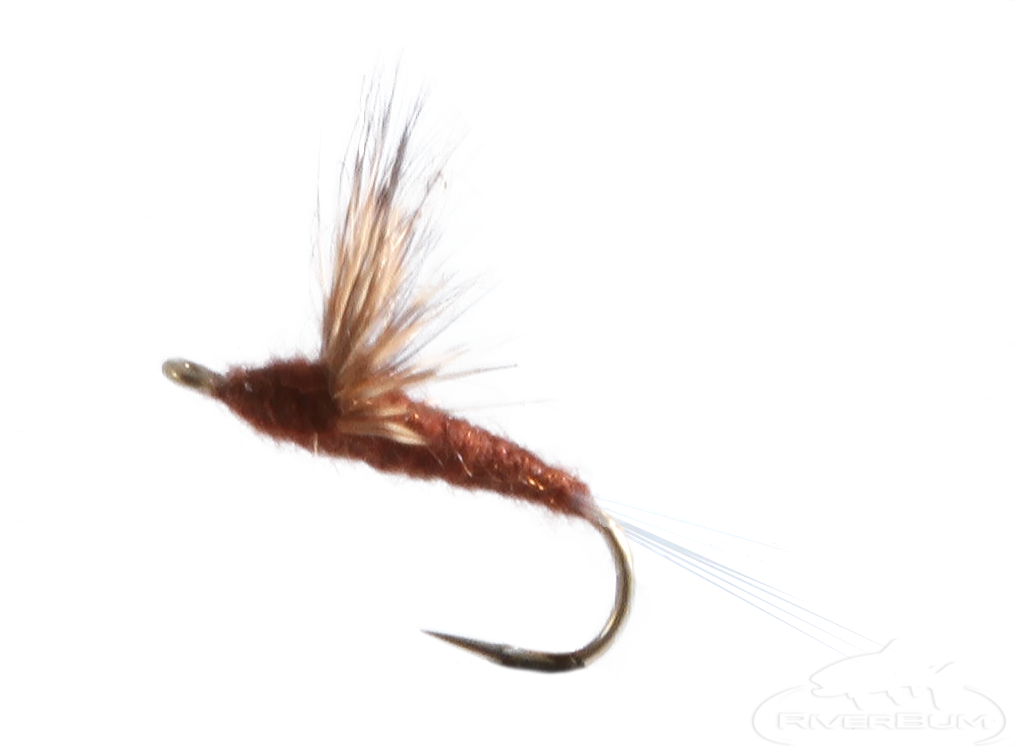
Mahogany, Comparadun
The Mahogany Dun Comparadun provides a great mix of lifelike silhouette, visibility, and buoyancy. Many fly fishing experts go straight to comparaduns when a mayfly hatch brings up actively rising trout. This fly pattern floats in all but the fastest and roughest stream currents and trout seem to prefer this fly to many of the traditional hackled patterns. Fly fishers around the world should consider this a staple fly where Mahogany mayflies are present.
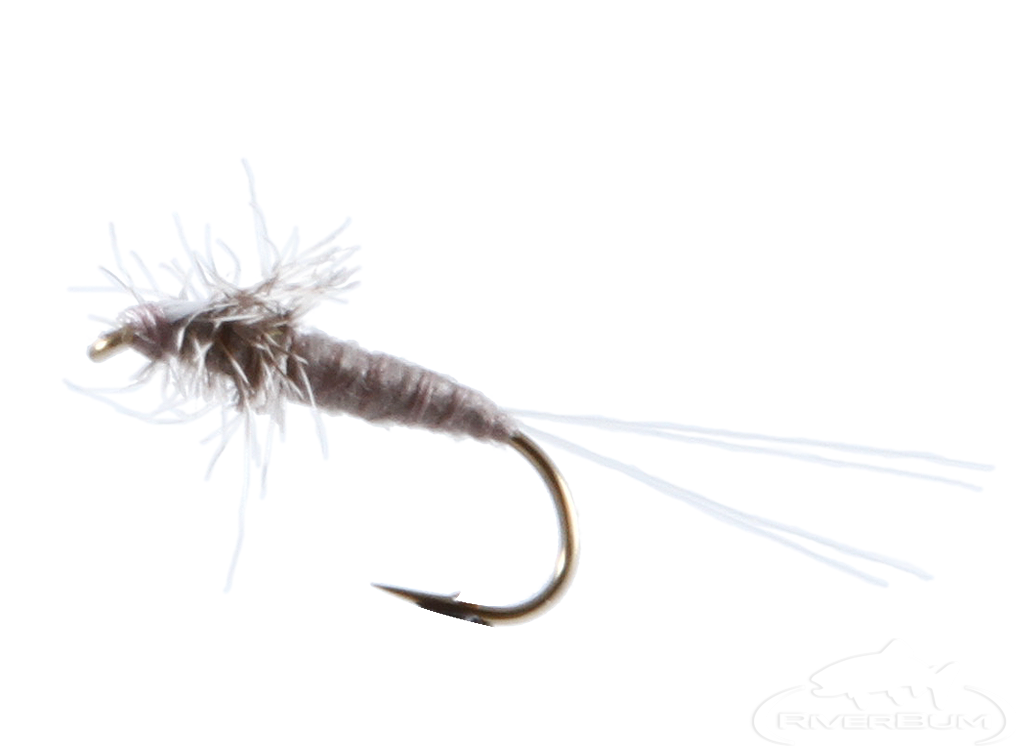
Gray Drake, Spinner, Foam
Fly fishermen know that the worst part of fishing a spinner fall can be determining which dot on the water is your fly. The Foam Spinner Gray Drake is actually visible to the angler while providing the fish with nothing but a realistic spent mayfly silhouette.
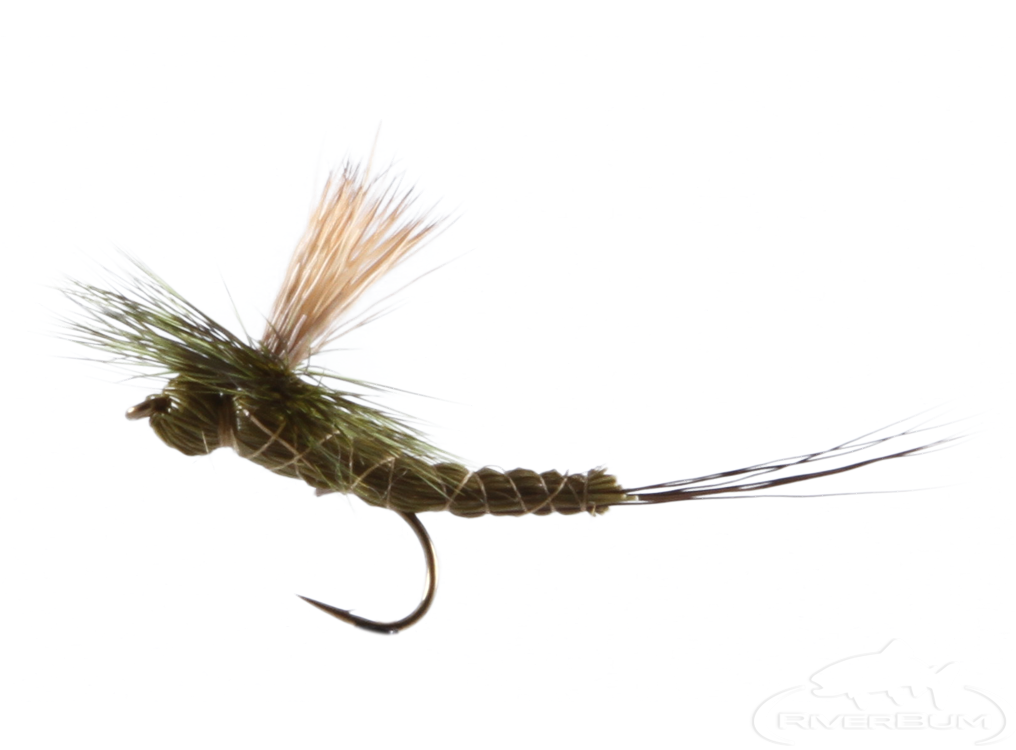
Green Drake, Paradrake
The extended body and realistic outline of this Parachute Green Drake Fly makes it useful for imitating hatching drakes. The hook is hidden by the larger fly body making this fly more attractive to trout that see a fair amount of fishing pressure.
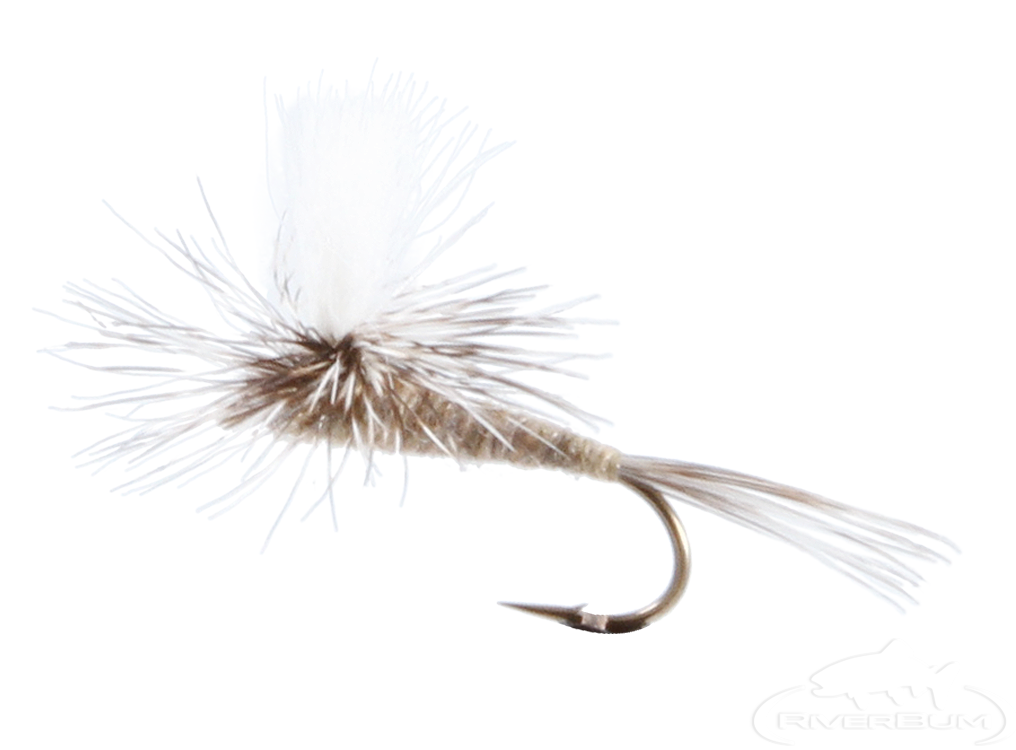
Callibaetis, Parachute
This parachute dry fly is both visible for the fly fisher and very realistic to gulping trout. The Parachute Callibaetis lands upright and provides a visual focal point and is also visible in rippled or wavy water when other lake flies seem to disappear.
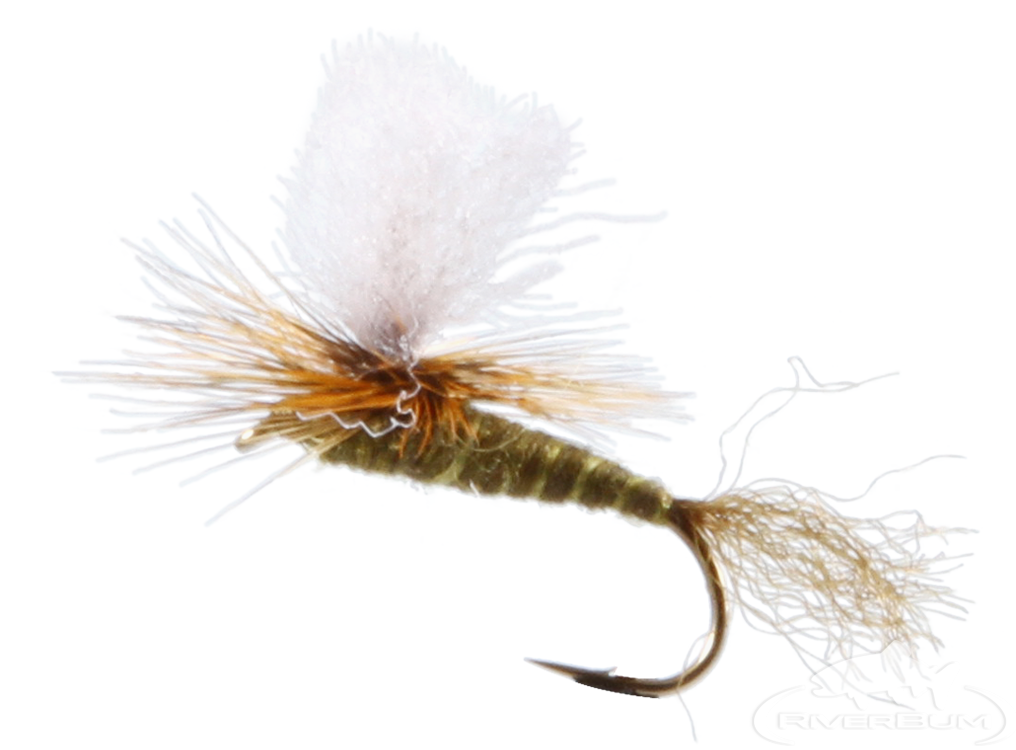
Green Drake, Parachute
This Parachute Green Drake dry fly is very visible to the fly fisher and very realistic to rising trout. It closely resembles a hatching Green Drake Duns and lands upright more often than some other traditionally hackled trout fly patterns. Big fish key on Green Drakes and the visibility of this fly lets the angler cast it into nearly any type of water where the big boys might be lurking.

Callibaetis, Spinner, Xelon
Xelon or Z-lon Callibaetis Spinners are especially effective patterns early in the morning and after the hatch. Lake fly fishers casting to selective cruising trout find that the transluscent Xelon or Z-lon wings on these spinners gives them the realistic impression that makes the fish pay attention.
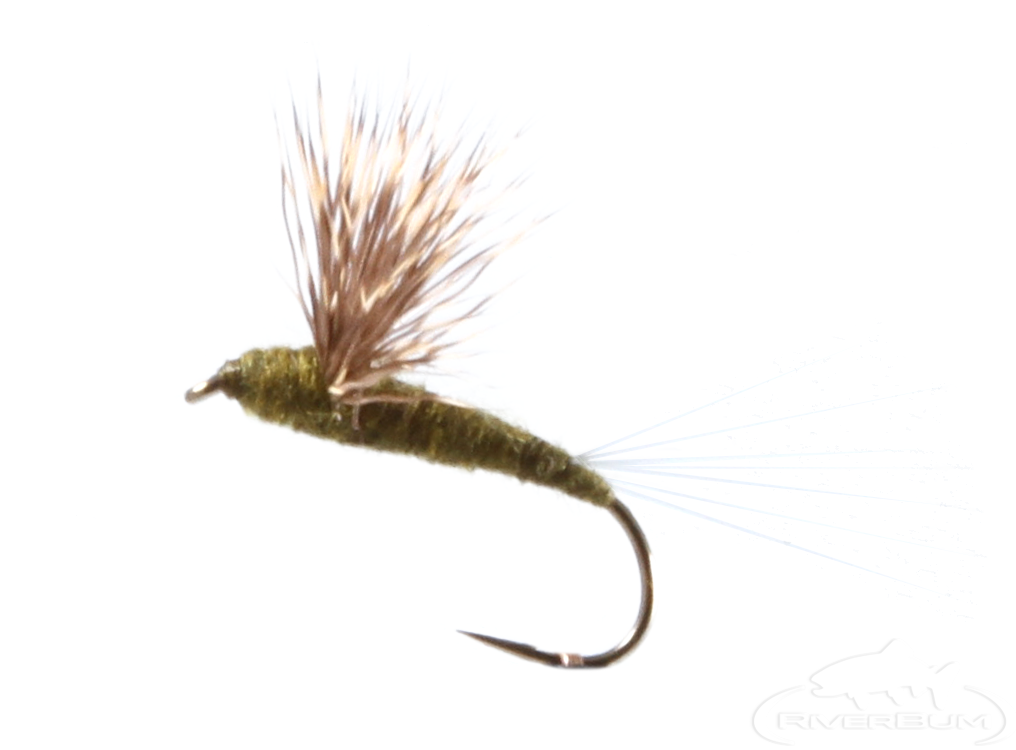
Green Drake, Comparadun
The Green Drake Comparadun provides a great mix of lifelike silhouette, visibility, and buoyancy. Many fly fishing guides go straight to comparaduns when a hatch brings up actively rising trout. This fly pattern floats in all but the fastest and roughest stream currents and trout seem to prefer this fly to many of the traditional hackled patterns. Fly fishers around the world should consider this a staple fly where Green Drakes are present.
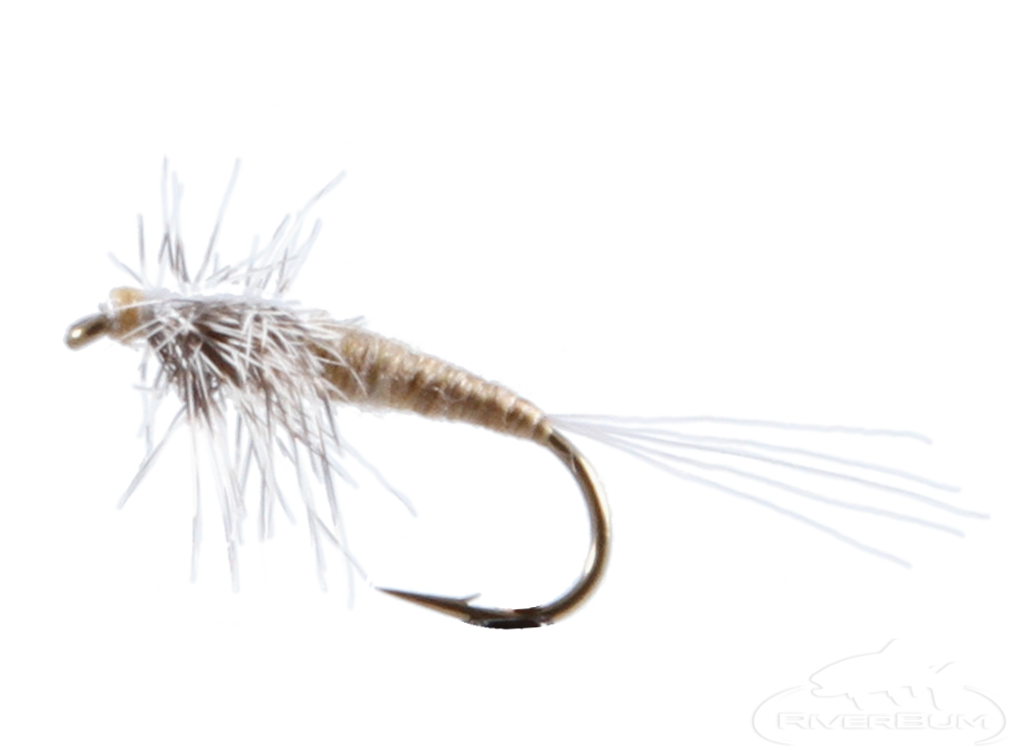
Callibaetis, Spinner, Foam
The Foam Callibaetis Spinner is both buoyant and visible to the angler while providing the fish with nothing but a realistic spent mayfly silhouette. Many lake fly fishermen know that the worst part of fishing a callibaetis spinner can be determining which speck on the lake is your fly.
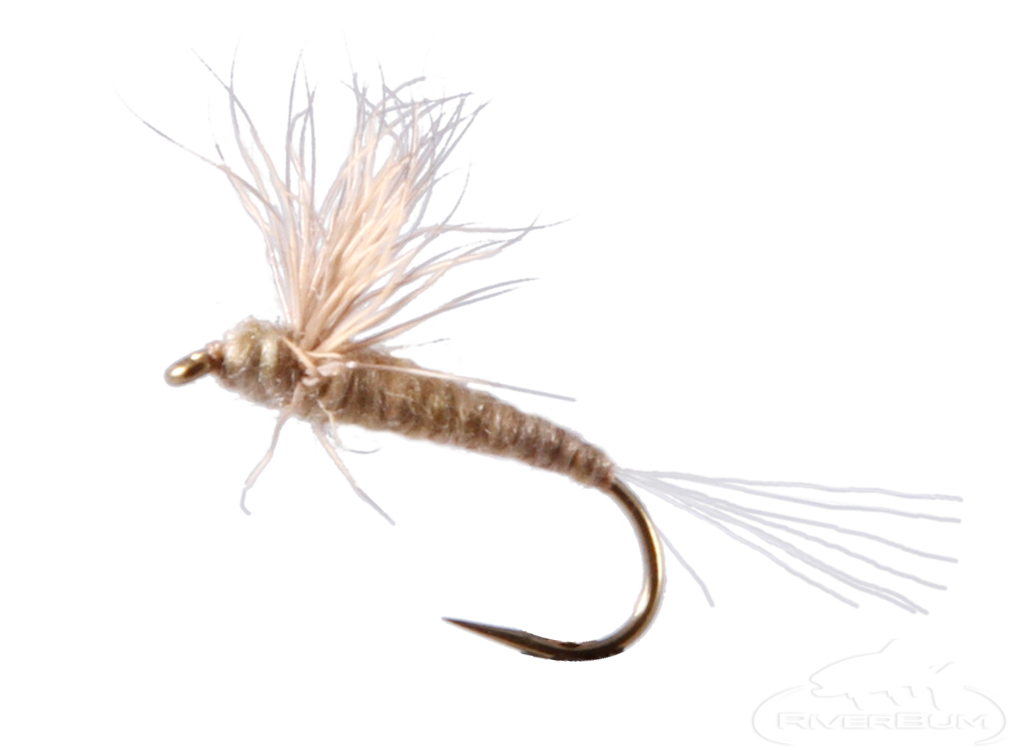
Callibaetis, Comparadun
The Callibaetis Comparadun gives you a lifelike silhouette, good floatation, and visibility. Many fly fishing experts choose comparaduns when a stillwater mayfly hatch brings gulpers to the surface or when these flies hatch in slow moving rivers. Fly fishers around the world should consider this a staple fly where Callibaetis mayflies are present.
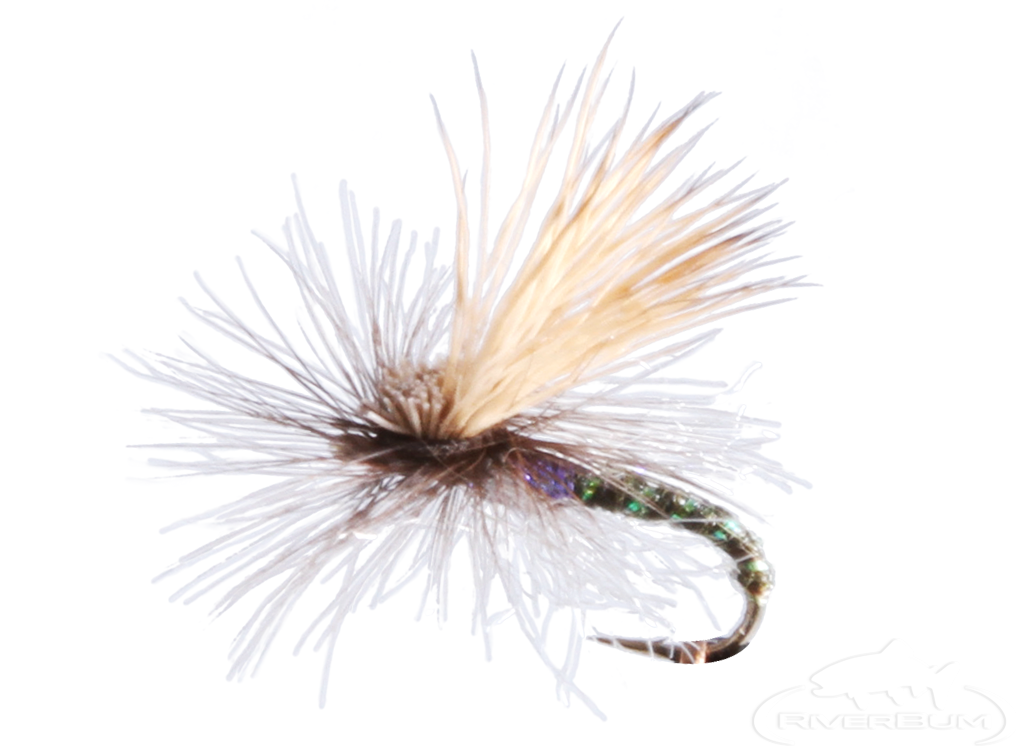
Green Drake, Trout Slayer
These large insects are "trout candy" on our western streams - Green Drakes are large insects and evidently taste really good to trout. This pattern was custom designed by our RiverBum staff. and is the most effective pattern we have used to date. When Green Drakes hatch in good numbers the trout forget all other foods and target drakes only. In the Pacific Northwest region, look for them toward the end of the giant stonefly hatches; May & June on most rivers, but some spring creeks such as Oregon's Metolius River has strong late summer hatches as well.
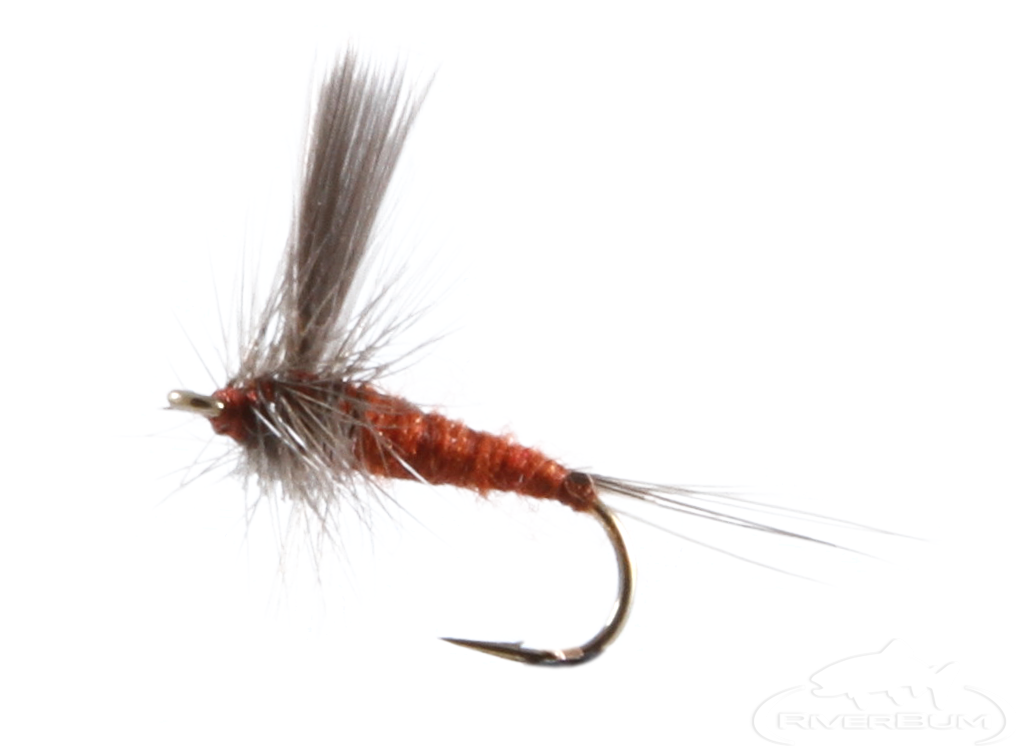
Mahogany, Dun, Thorax
Fishermen on tricky tailwaters and spring creeks perfected the thorax style mayfly imitation. The Thorax Mohogany Dun is designed to provide buoyancy and balance on the water especially in the smaller hook sizes. Trout seem to prefer the more even and realistic ride provided by the clipped hackle.































